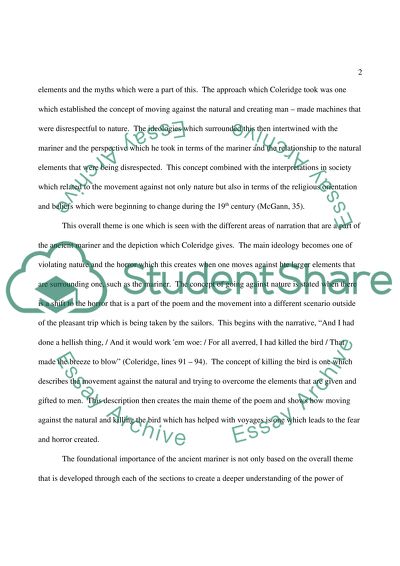Cite this document
(“Creating the Power of Nature in Rime of the Ancient Mariner Essay”, n.d.)
Retrieved from https://studentshare.org/literature/1436815-creating-the-power-of-nature-in-rime-of-the-ancient-mariner
Retrieved from https://studentshare.org/literature/1436815-creating-the-power-of-nature-in-rime-of-the-ancient-mariner
(Creating the Power of Nature in Rime of the Ancient Mariner Essay)
https://studentshare.org/literature/1436815-creating-the-power-of-nature-in-rime-of-the-ancient-mariner.
https://studentshare.org/literature/1436815-creating-the-power-of-nature-in-rime-of-the-ancient-mariner.
“Creating the Power of Nature in Rime of the Ancient Mariner Essay”, n.d. https://studentshare.org/literature/1436815-creating-the-power-of-nature-in-rime-of-the-ancient-mariner.


